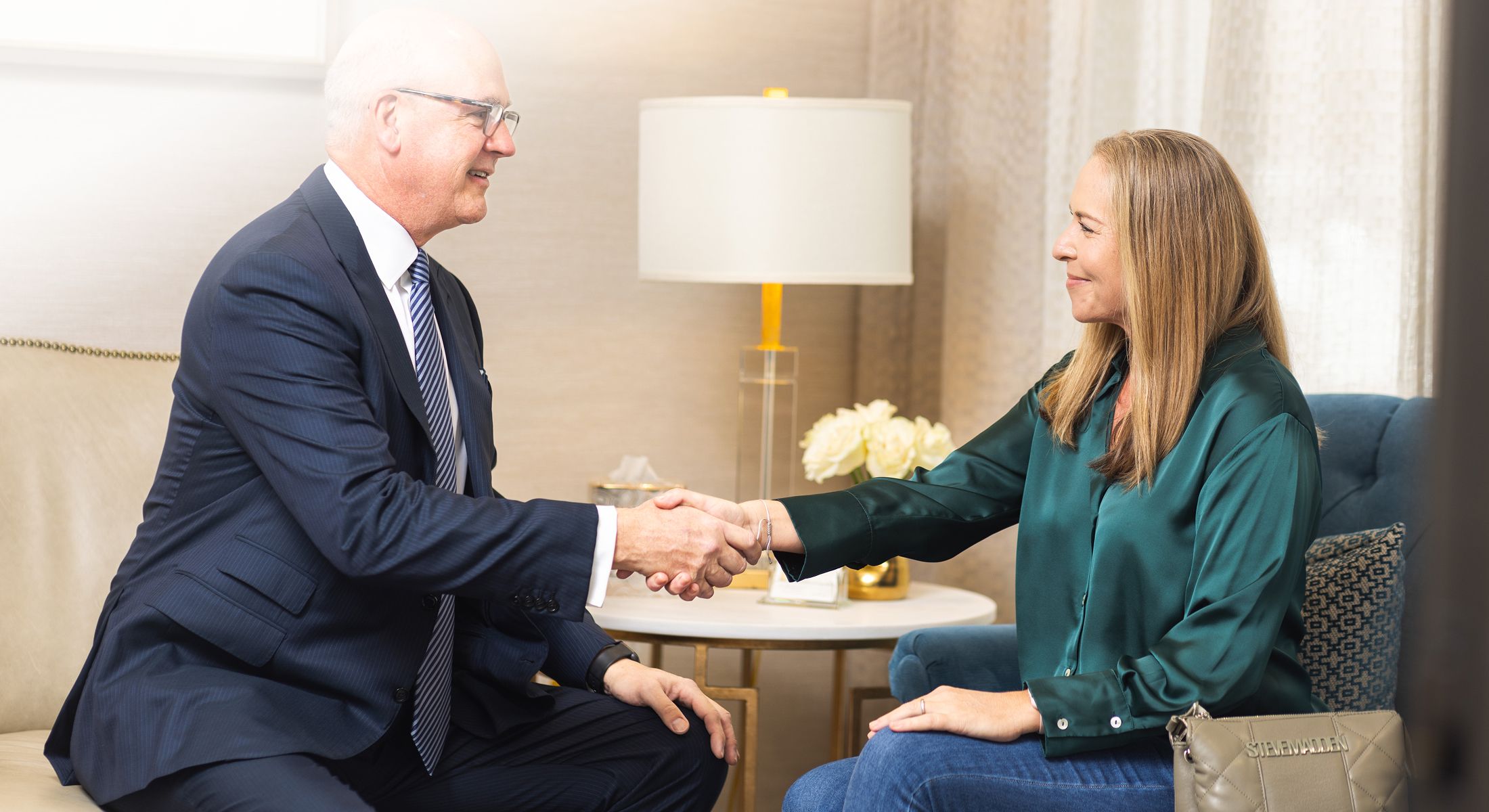

Capsular contracture occurs when scar tissue around a breast implant becomes hardened. It happens when the immune system responds to the presence of the foreign substance and creates a capsule around the implant. The capsule can tighten in time and harden, which creates the condition.
When a breast has capsular contracture, it may feel firm or have a round edge. The breast may appear distorted and even be painful. Patients may notice these signs of capsular contracture a few months after the surgery, or they may occur years after the procedure.
Patients with this condition are usually graded on severity of one through four.
Grade I: The breast feels soft and appears normal
Grade II: The breast appears normal but is firm to the touch
Grade III: The breast feels firm and has a distortion or deformity to the appearance
Grade IV: The scar tissue is painful
The main theory about what causes capsular contracture is that irritation around the implant plays a part. The irritant may be blood or bacteria. Silicone implants are more likely to result in this condition, compared to patients with saline implants.
A hematoma, which is a build-up of blood, can lead to the condition as well. Some patients are just more genetically inclined to scarring, which can lead to capsular contracture.
To help prevent this condition, during the breast augmentation procedure your doctor should put drains in place. They stay in for an average of three to six days post-op to promote healing. The doctor may also recommend antibiotics for the first few days following the procedure.
The doctor will often recommend breast massage following the procedure to move the implant up and keep open the space that was created during the procedure. The massage is recommended daily or more often for the first few months after surgery. Sometimes it may be recommended for as long as the patient has the implants. While massage does help prevent capsular contracture, it doesn’t guarantee the outcome. If you’re considering breast augmentation and want to know how to avoid capsular contracture, you should talk to your doctor and ask their approach and recommendation for preventing this issue.
If a patient develops capsular contracture, breast revision surgery may be necessary. In this procedure, the affected tissue is removed. There are multiple options for surgical treatment, starting with capsulectomy. This procedure includes removing the implant and replacing one that is covered in a material made of mostly collagen.
An open capsulotomy consists of opening the capsule around the implant and removing part of it. The capsule should open up and allow the implant to have more room for movement. The implant may be removed and replaced.
A third option is autologous reconstruction, which takes a flap of tissue from another area of the body and replaces the implant with it. Capsular contracture won’t form around this flap, but it is a more involved procedure with a longer recovery time.
If you’re experiencing changes in your breast after a breast augmentation or have pain, you should see a doctor to determine if you have capsular contracture. If you’ve been diagnosed with the condition or suspect such a diagnosis, treatment is available.
Dr. Lapuerta is a triple-board certified surgeon who has more than 30 years of experience with breast revisions. Schedule a consultation to discuss the possibility of a breast revision to treat capsular contracture. Schedule online or call 713-340-0990 to set up your consultation with the Look Younger team today.